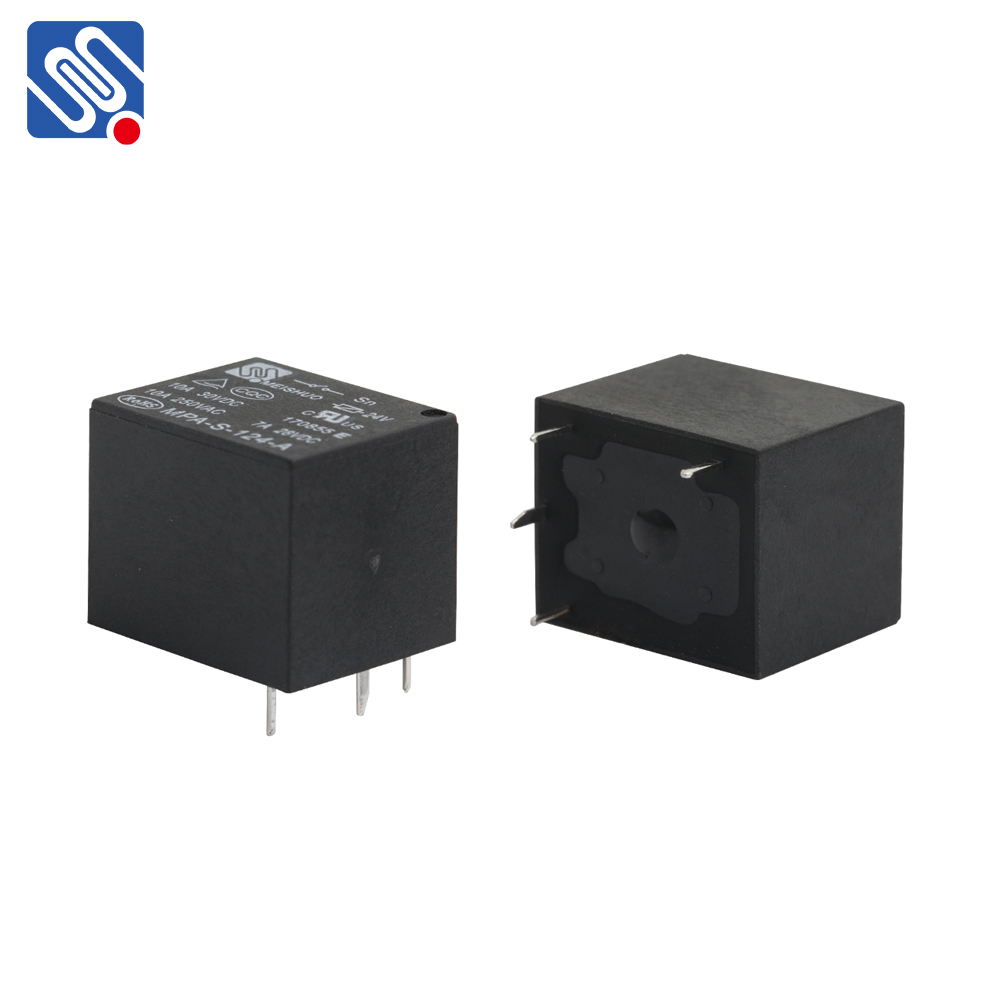the 24v 10a relay: an essential component for power control
Release time:2025-11-15 02:46:20
The 24V 10A relay is a key electronic component widely used in various electrical and automation systems. This versatile device is integral to controlling high-power circuits through low-power control signals, making it an essential part of electrical engineering, industrial automation, automotive applications, and household electronics. In this article, we will explore the function, features, and applications of the 24V 10A relay, shedding light on its significance in modern technology.

What is a 24V 10A Relay?
A relay is an electrically operated switch that allows one circuit to control the operation of another. The 24V 10A relay, as the name suggests, operates on a 24-volt DC (direct current) control signal and can handle a maximum load of 10 amps. It typically consists of an electromagnet (coil), an armature, a set of contacts (commonly NO, NC, and COM), and a spring mechanism to return the armature to its default position.
When the control circuit applies a 24V signal to the coil, it generates a magnetic field, which attracts the armature and causes the contacts to either open or close, depending on the type of relay. The control circuit itself is low-power, and the relay acts as an intermediary to switch the high-power load on or off.

